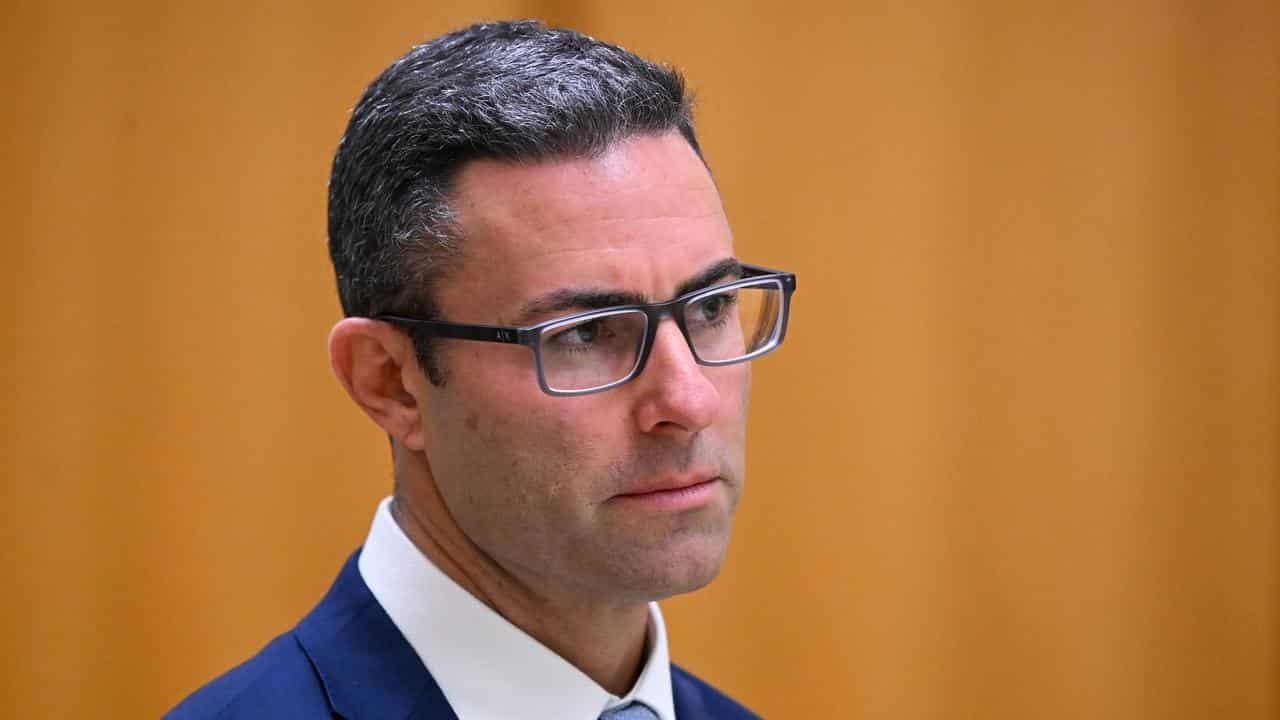
Geopolitical challenges, climate change and cyber-attacks are emerging risks that threaten Australia’s future financial stability.
Reserve Bank assistant governor Brad Jones says the threats to global and domestic financial stability in the next 10 years will look different from those of the two decades prior.
In a speech to the Australian Finance Industry Association Conference on Tuesday, Dr Jones said there were both risks within the financial system - such as the threat of rapid bank runs in a digitalised system - as well as outside it.
He said the absence of direct conflict between economically integrated powers meant two generations of economic policymakers and industry participants had been able to turn their attention elsewhere.
“But recent events suggest this is no longer tenable,” he said.

Geopolitical splintering may leave the global economy more prone to supply shocks, with the International Monetary Fund estimating it could result in global output losses of up to seven per cent.
Climate change and the digitalisation of the financial system, which creates vulnerability to cyber-attacks and artificial intelligence-related threats, were also flagged as external risks.
Dr Jones said the resilience of the banking sector became a focus after the Global Financial Crisis, though there was “more to do” within the broader financial sector.
High inflation remains the most pressing challenge for the Australian economy.
A stronger set of consumer price data last week suggested more interest rate hikes may be needed to get the job done.

Consumer confidence, which has already been stuck at weak levels, sunk further last week in response to the uncomfortably high inflation numbers.
The weekly index, assembled by ANZ and Roy Morgan, fell 3.2 points, weighed down by questions relating to the immediate health of household finances.
Pessimistic households are still spending, however, with the Australian Bureau of Statistics recording a bump in retail sales in September.
However Australians may be leaning on personal loans and credit cards to support their consumption.
The RBA’s measure of "other personal credit" rose 0.6 per cent in September, lifting for the sixth month in a row and recording its strongest annual growth since April 2022.









